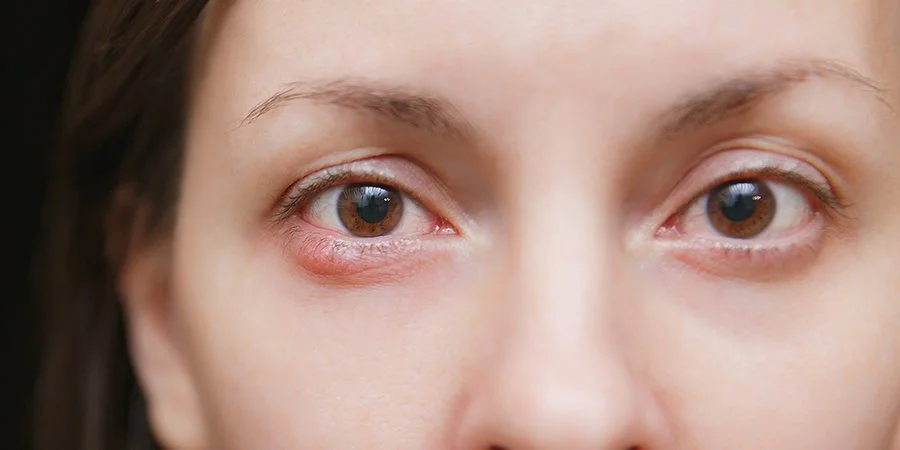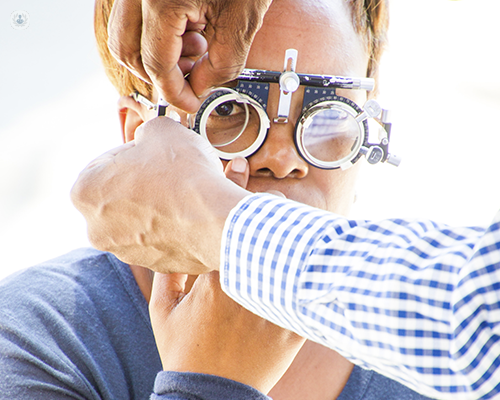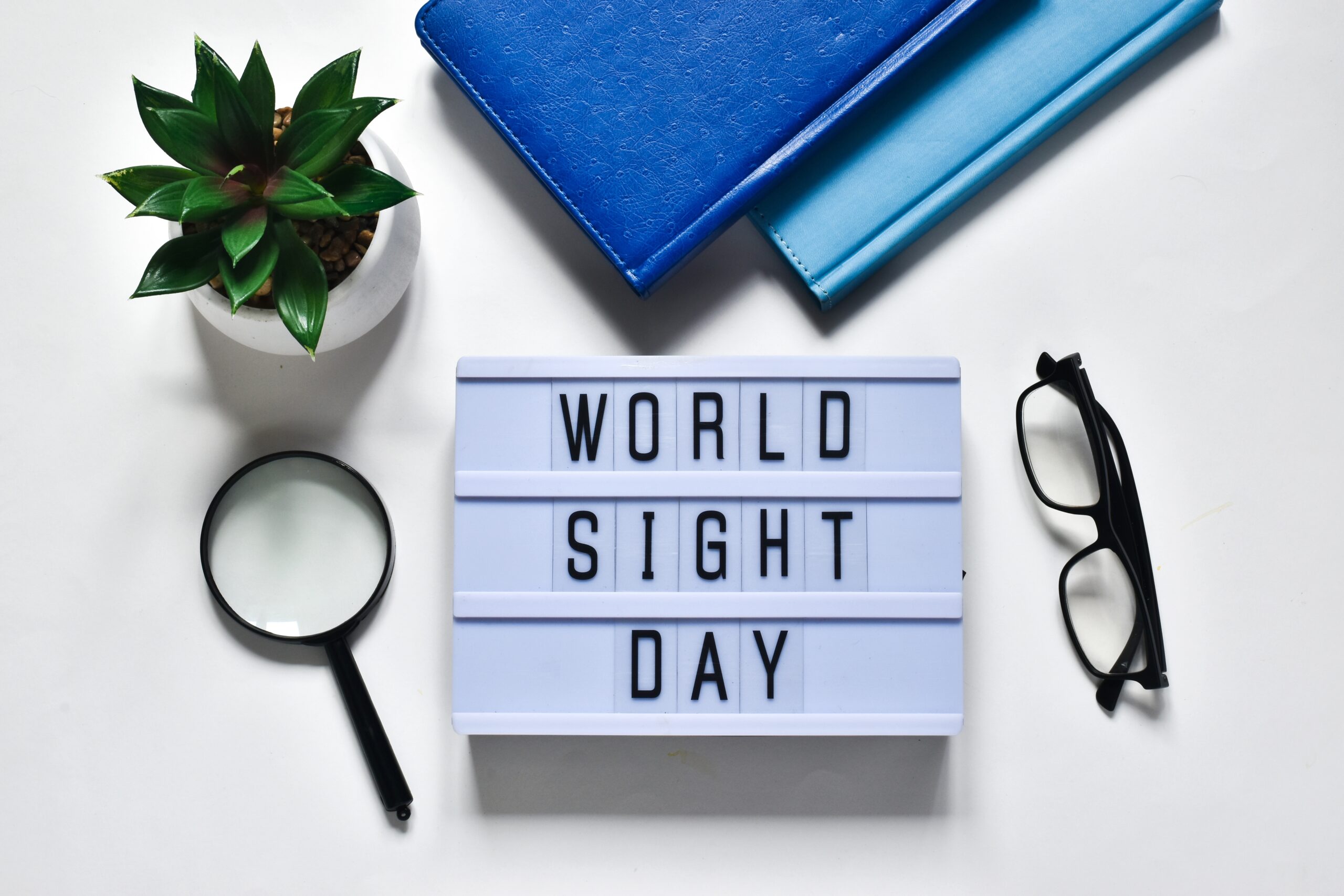What is a Chalazion and Should I Be Concerned About It?

Have you ever noticed a small, painless bump on your eyelid and wondered what it could be? It’s possible you have a chalazion—a common condition that appears as a small lump on the eyelid. While chalazia are usually harmless, knowing what causes them, how to treat them, and when to see a doctor can help. This knowledge can give you peace of mind and prevent further problems.
What Exactly is a Chalazion?
A chalazion is a small bump or swelling on the eyelid that occurs due to a blocked oil gland, often presenting as a round, firm lump. The plural form, chalazia, is sometimes confused with styes; however, there is a significant distinction between the two. Styes are usually caused by infections and can be painful. In contrast, chalazia are mostly painless and are a long-term inflammatory condition. The meibomian glands located in your eyelids produce oil to keep your eyes lubricated. When one of these glands becomes clogged, the oil can accumulate, resulting in a lump on your eyelid.
Common Symptoms of a Chalazion
Most people notice a chalazion as a painless bump on the eyelid, which may feel firm to the touch. Other symptoms can include:
- Swelling and redness of the eyelid
- Mild tenderness if the chalazion becomes infected or inflamed
- Blurry vision if the chalazion grows large enough to press on the eye
- Watery eyes due to the disruption of normal tear flow
Is a Chalazion Serious?
In most cases, chalazia are not serious. They usually go away on their own in a few weeks to a couple of months. However, larger or recurring chalazia can sometimes affect vision. They may cause ongoing discomfort or lead to other eye infections if not treated. A chalazion is usually not harmful. However, if it does not get better with home treatment, see an eye care specialist.
Causes and Risk Factors: Why Did I Get a Chalazion?
Chalazia can occur when the oil in the meibomian glands thickens or when the glands become blocked. Several factors may increase your risk:
- Chronic Blepharitis: Inflammation of the eyelid margins can cause gland blockage, making chalazia more likely to form.
- Seborrheic Dermatitis or Acne Rosacea: Conditions that affect the skin’s oil glands can contribute to the formation of chalazia.
- Frequent Eye Rubbing: Touching or rubbing your eyes can irritate the glands and increase your risk.
- Poor Eyelid Hygiene: Maintaining clean eyelids can reduce your risk of clogged glands and chalazia.
Treatment Options: How Can I Get Rid of a Chalazion?
Although chalazia can resolve on their own, there are several steps you can take to promote faster healing:
- Keep Your Eyelids Clean: Regularly washing your eyelids with a gentle cleanser can help stop blockages. It also helps existing chalazia heal faster. Additionally, please refrain from attempting to squeeze or “pop” the chalazion, as this may inadvertently cause further damage.
- Warm Compresses: Use a warm compress on the eyelid for 10 to 15 minutes, several times a day. This can help soften the oil blocking the gland and encourage drainage.
- Gentle Massage: After using a warm compress, gently massage the eyelid. This can help break down the blockage and encourage drainage.
- Avoid Squeezing or Popping: Unlike a pimple, squeezing a chalazion can make it worse or cause an infection.
- Over-the-Counter Pain Relief: If the chalazion becomes tender, you can use OTC pain relievers to reduce discomfort.
When to See an Eye Doctor
Most chalazia resolve with at-home care within a few weeks. However, you should schedule an appointment with an eye specialist if:
- The chalazion doesn’t improve after a few weeks of home treatment
- It grows large enough to affect your vision
- It becomes painful or shows signs of infection, such as increasing redness, warmth, or discharge
- You experience frequent chalazia, as this may indicate an underlying condition that needs medical attention
In situations where a chalazion is persistent, large, or causing other complications, an ophthalmologist may suggest further treatment options, including:
- Steroid Injections: This can reduce inflammation and shrink the chalazion.
- Surgical Drainage: If the chalazion does not go away on its own, a small procedure may be needed. This procedure will help drain the chalazion.
Preventing Future Chalazia
If you are susceptible to chalazia, establishing a consistent eye care routine can help minimize the chances of them recurring. Here are some preventive measures to consider:
- Clean Your Eyelids Daily: Use a gentle, fragrance-free cleanser to keep your eyelids free from oils and debris.
- Practice Good Hand Hygiene: Avoid touching your eyes with unwashed hands.
- Remove Makeup Completely: If you wear makeup, take it off every night. This helps keep your oil glands clear.
- Use Warm Compresses: If you have had chalazia before, warm compresses can help the meibomian glands work properly.
Frequently Asked Questions About Chalazia
Can I Wear Contact Lenses with a Chalazion?
It’s generally best to avoid contact lenses if you have an active chalazion, as lenses can irritate the eye and slow healing. Stick to glasses until the chalazion clears up.
Is a Chalazion Contagious?
No, chalazia are not contagious. They are caused by blocked glands, not an infection or bacteria, so you cannot pass them to others.
What’s the Difference Between a Stye and a Chalazion?
While they may look similar, a stye is usually painful and caused by a bacterial infection in the gland, while a chalazion is typically painless and due to a blocked gland.
Rely on the Expertise of the Cosmetic Specialists at SightMD
Chalazia are a common yet manageable eye condition. If you notice a bump on your eyelid, it is typically not a serious issue. However, it’s important to monitor its development and know when to seek assistance. At SightMD, our eye care specialists are dedicated to providing effective treatment and prevention strategies. Schedule an appointment today to take proactive steps for your eye health.
If you are concerned you may have a stye or chalazion, please Contact SightMD today to schedule an appointment with one of our doctors.


